An idea that we are frequently exposed to in digital photography is that there is no cost penalty for trial and error, meaning we’re free to shoot as many frames as we want and whatever we don’t like we can simply delete and try again. It’s an unmistakably different paradigm when compared to the days when film was the only option available — one simply didn’t fire off random shots without being painfully aware that every wasted frame represented wasted money.
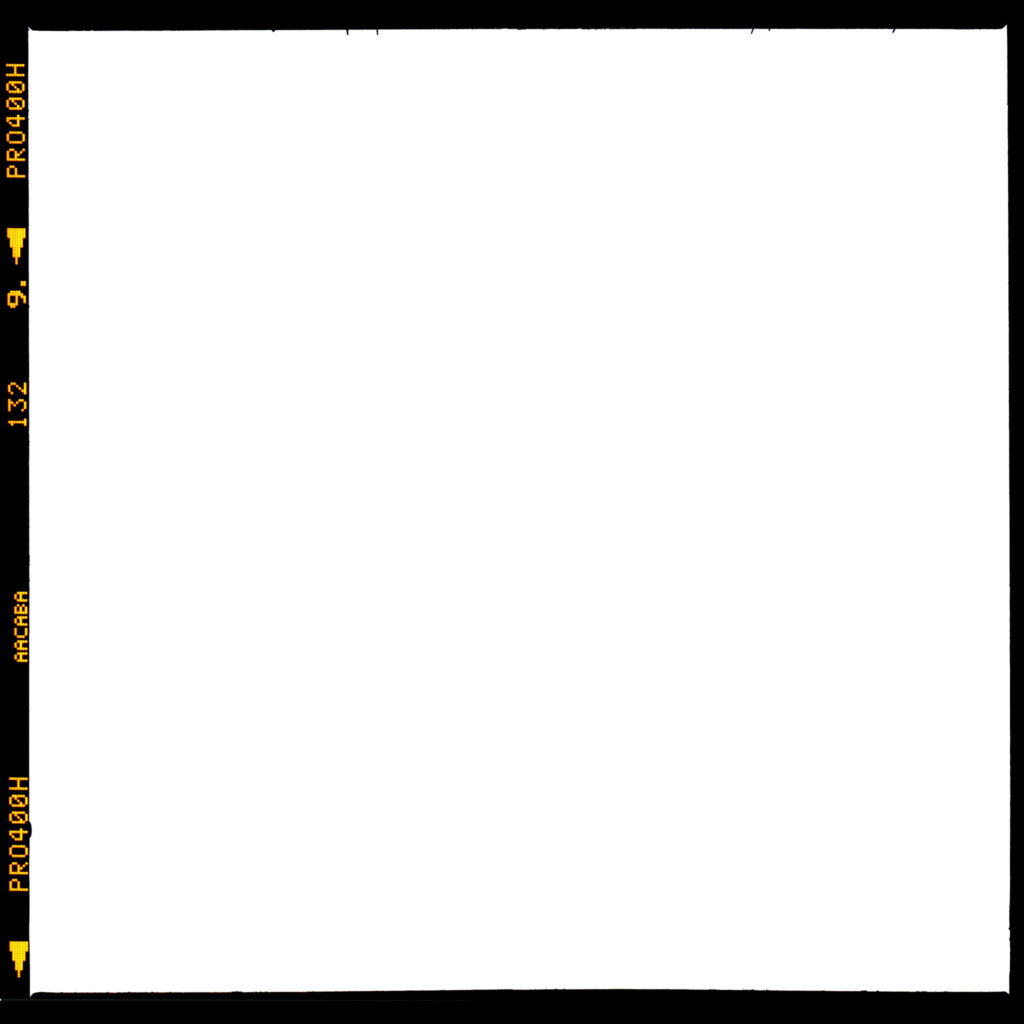
I suppose we’re lucky to live in a world where it doesn’t really cost anything to shoot a couple hundred shots every time we pick up the camera. But just because we can doesn’t mean we should. How much is too much? Is it possible to shoot too many shots in one outing or session?
I don’t believe there is (or should be) one clear cut answer to such questions, but I do think a bit of self-restraint can go a long way in making better photographers of all who seek that goal.
Personally, I'm of two minds regarding this topic. I shoot film and digital. I appreciate the economic liberty found in a 32GB SD card. I’m happy to be able to delete a not-quite-right shot and try it again. Long live digital photography. I also value the process of shooting film — a process that encourages me to “see” more, to slow down, to treasure each of the 12, 24 or 36 frames I have at my disposal. Long live film photography.
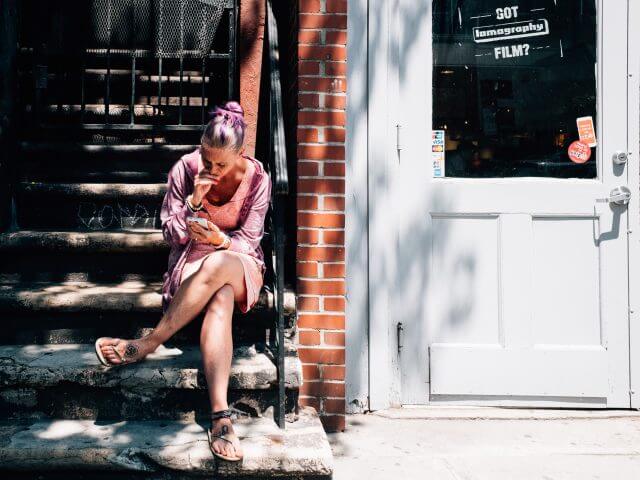
So when I’m shooting digital, I try to incorporate some of the self-discipline I’ve acquired through film photography, even while remaining aware of the ease with which I can try new things and delete mistakes. Experimentation is vital to creative growth and digital photography helps make this process exponentially more accessible, but there’s something to be said for the impact that a thoughtful, calculated approach has on your growth as a photographer. Instead of just planting yourself in front of a building or landscape and snapping away until you happen to get a satisfactory shot, take the time to really measure the scene up with your eyes; consider the light and the shadows; account for your surroundings. Then take the shot. Then try a different angle. Take a few steps forward or back or to the left or to the right. Then take another shot. Then move on.
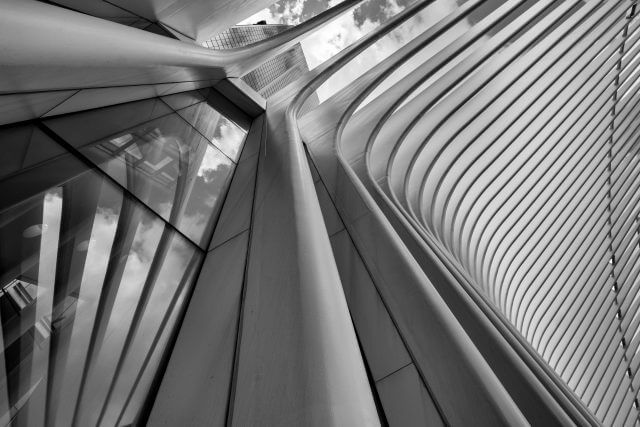
It’s not that you shouldn’t take multiple shots of a subject — you absolutely should. But there comes a point when you’re not really “making” photos anymore and you’re not exercising your creativity. I have no idea what number represents that point; indeed, it will be different for different people and for different situations.
If you come home with 1500 shots of one or two subjects and the only thing you can think about is how uninterested you are in processing them, you might be overdoing it. Again, the type of work you’re doing can affect how many shots you want or need to take, but thoughtfulness and self-discipline are good to practice in all situations.
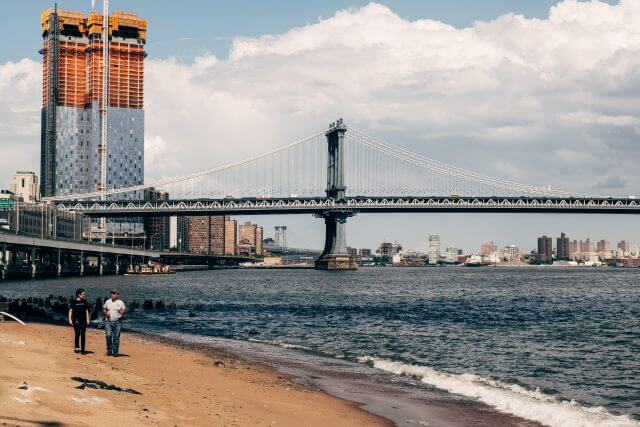
The advent of the digital age certainly opened up the world of photography in ways that previous generations of photographers could never have imagined; for those of us who were born into the digital photography era and all its associated advantages, we owe it to our creative selves to hang onto some of the things our predecessors valued. Shoot freely but shoot with a sense of purpose.

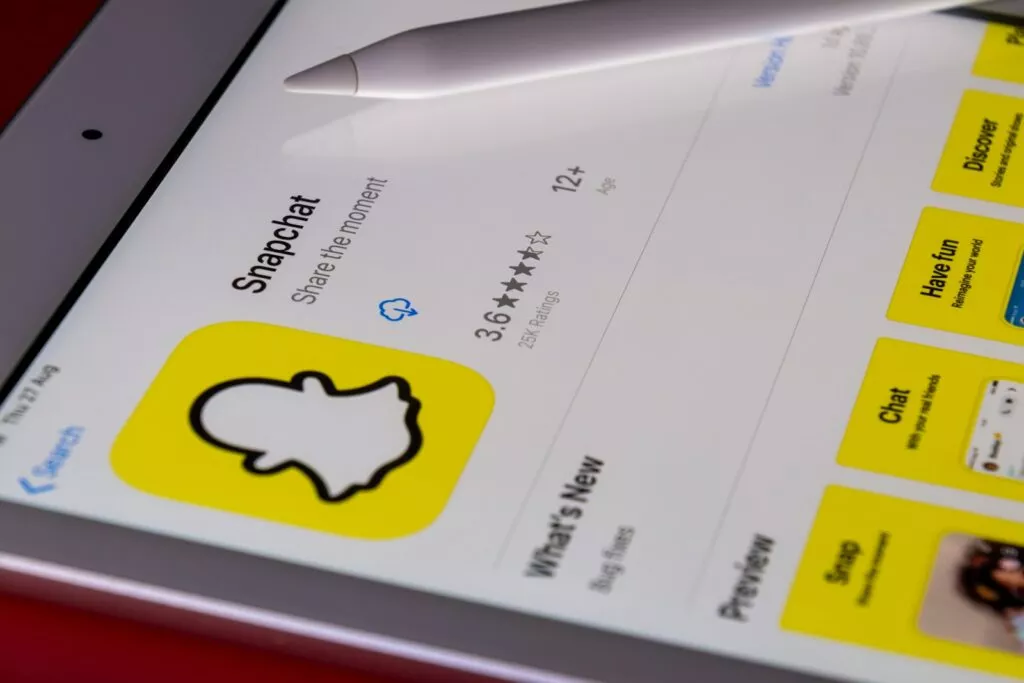


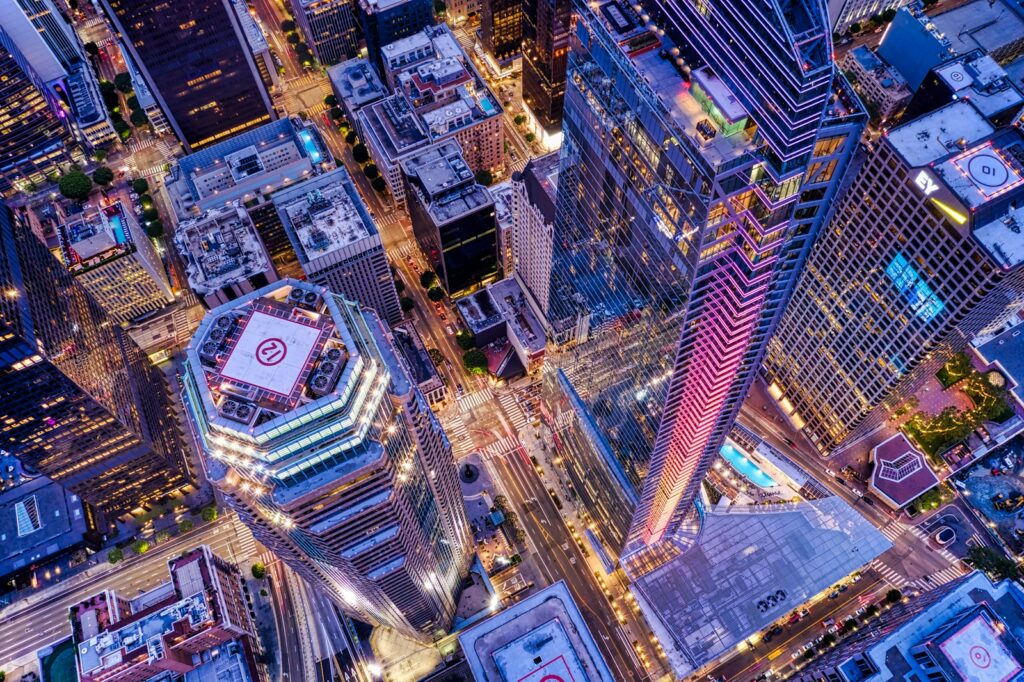
3 Comments
What a great article. Remembering all to we’ll the cost of film and processing, I always try to remember that when shooting digital. I still shoot some transparency rolls and have to be mindful of the fact each shot is money.
MB
Amen to this article. Trying to take myself back to the things I knew with film. I simply take too many digital shots and have forgotten the discipline of film.
Hi Jason,
This is a great article that you qualified with there is no clear cut answer and I agree totally.
Digital has brought many advances to photography, not least of which is creativity, and people with it naturally. Not from the point of view of all the things that you had to do pre-digital (and still should) but from the point of view, see a shot…shoot it, it’s not worth not doing. You do need to be selective in post processing or get creative.
Generally, I am on full manual, old habits. Pre-digital (old school film), for a paid shoot, I would shoot 2-300 shots with slide film, later, using a Polaroid camera initially, far fewer shots required, still up in the hundred plus, depending on the feel, For a commercial client, they might see 10-30 (selective), and use just 1-5.
So, digital, image bracketing isn’t new, it was expensive, old school. Now you can see the image the moment you take it, out of the camera, composition, much easier and then have fun. Blend, push, reduce every colour, shades of grey, play with depth of field, focus, frame, angle…be an artist, old school was a process.
It all boils down to knowing why you take a shot, the commercial image is easy, personal not so. Some of my personal favourite shots would never be shown to a client or you (the reader). They hang on the walls of my home, only friends see them. There are twenty-four currently (some have changed over time) of which seven are old school, sixteen are family, eight are “see it, shoot it” none won a competition or award. They are all, to me alone, that which defines me as a photographer. Not a lot over forty years. But, that is the point, be selective, there are thousands that didn’t make the wall and that’s just the personal ones,
it’s interesting that exactly a third are “see it, shoot it” and are, bar two, digital, that’s three times more in 25% of the working time scale, almost overall. I never counted until this article. Thanks, Jason.